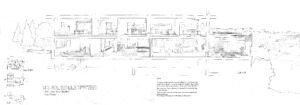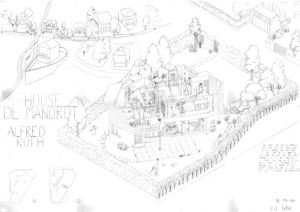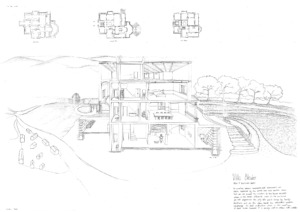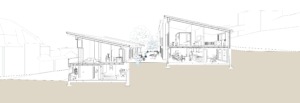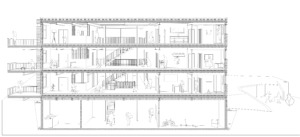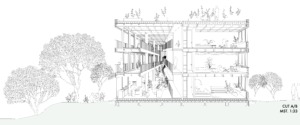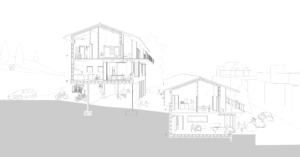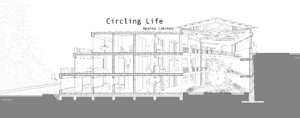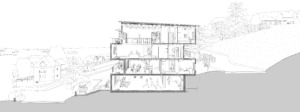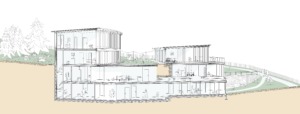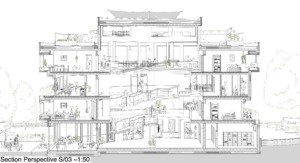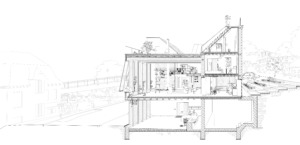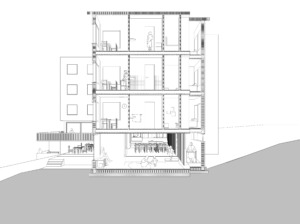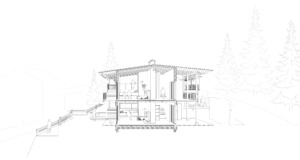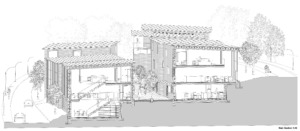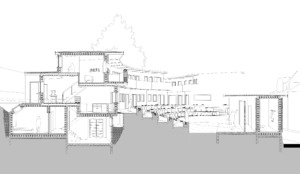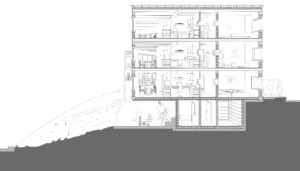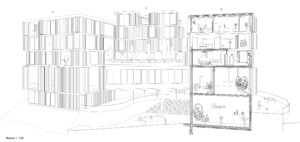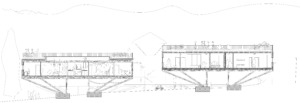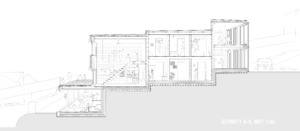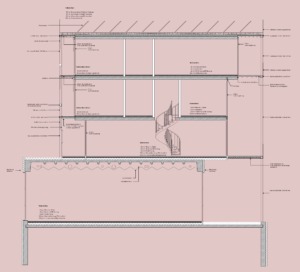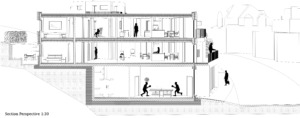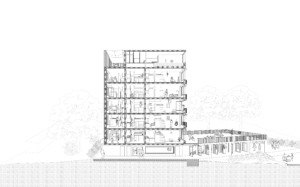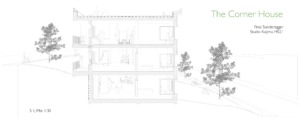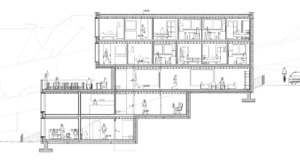HS21
HOUSE BEHAVIOROLOGY IN SWITZERLAND
Architectural behaviorology and actor network theory are our two guiding principles to not only design architecture but also understand our current existing environment.
By understanding a building, a house not as an isolated object but as a node in a vast and far reaching network, or several networks, we grow conscious of the impact, which our design has, not only on the specific plot, but on the neighbors, the city, the environment, the society. Vice-versa, analyzing and understanding the networks, which have shaped existing buildings, helps us to better understand how and why the design of those buildings came to be.
While identifying the relationship between actors within the network, we simultaneously observe the behavior of each actor as a result of their relationship. The behavior can be static or dynamic, actors can be human, non-human, animate or inanimate. How does a building behave towards its environment? What behavior do inhabitants engage in within and around a building? How do we have to design to take Behaviors of certain materials into account?
House and housing are the base of our living environment and a diverse fields in architecture. House behaviorology will set the challenge to find sustainable living condition in the city, by understanding historical examples and their geography, density, economic standing, and time period.
At first, to find the character and essence of today’s house and housing design in Zurich, we will start with analyzing existing single-family houses in and around the city. We will research and map how these basic units of housing relate to the users, to each other and to their surroundings. What kind of purposes they fulfilled and what kind of activities and behaviors do these houses enable?
Second, we will try to improve on the design by changing the single-family house into housing complexes, responding to the need of greater density, but still retaining the qualities of the original houses. Where do we find synergies, when combining houses? What kind of common spaces arise and how can we make use of them to make better neighborhoods?
Simultaneously we will have a close look on designing for inclusivity. How do we design for marginalized groups, such as the elderly, children or differently abled people? How can we live together in the urban ecology?
